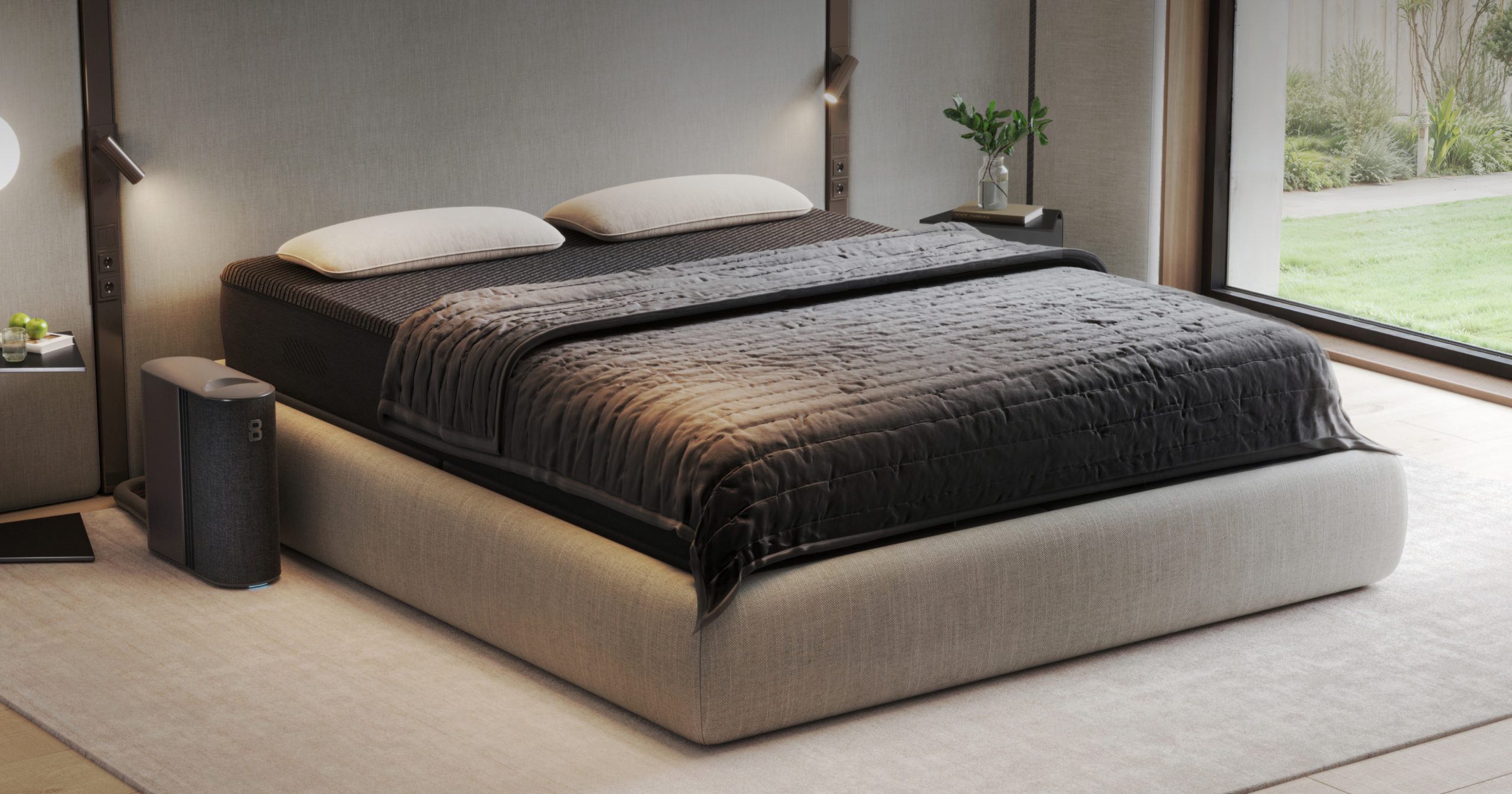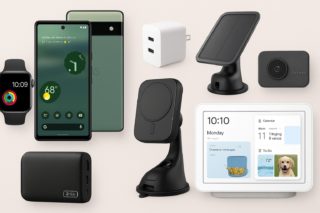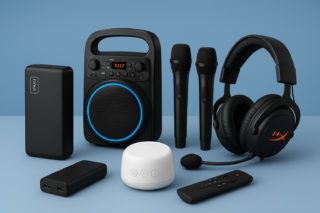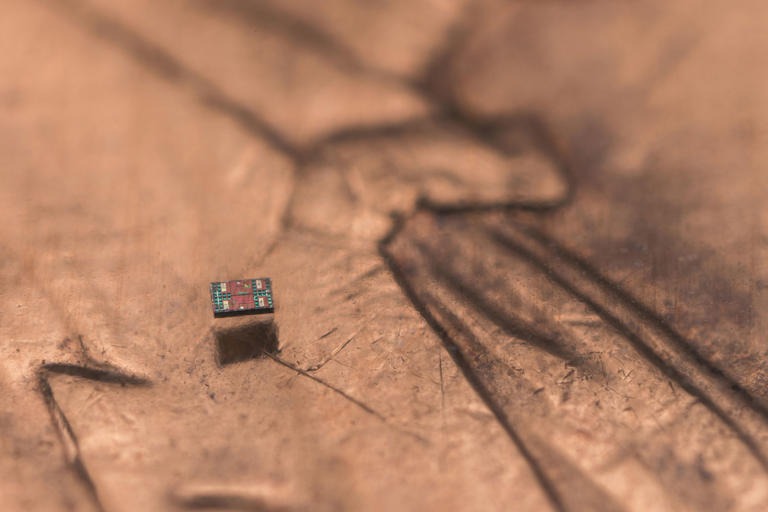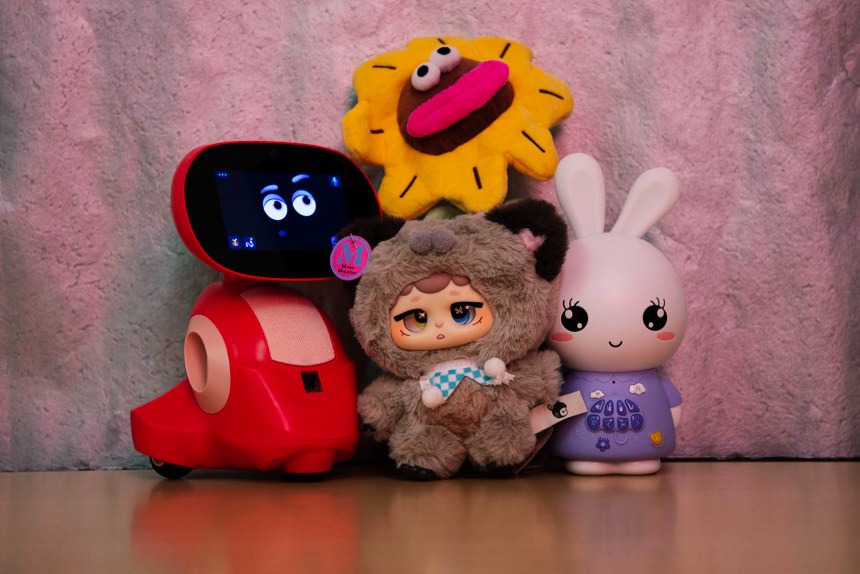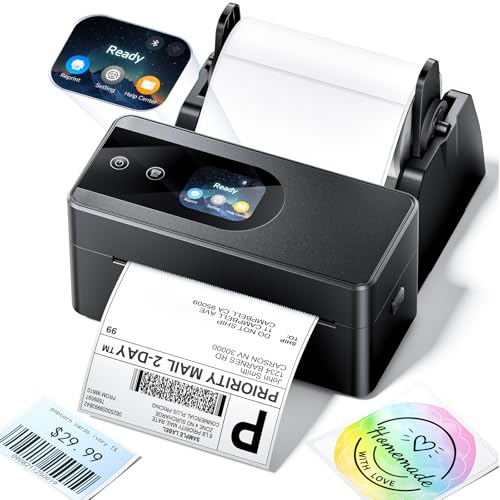Picture waking up at 3 AM to your $5,000 mattress overheating like a broken toaster, stuck in an uncomfortable position while flashing lights strobe across your bedroom. That nightmare became reality for Eight Sleep users Monday when Amazon Web Services went dark, transforming premium smart beds into malfunctioning furniture that refused basic commands.
When Cloud Dreams Become Digital Nightmares
DNS failures exposed how completely our bedrooms depend on distant servers.
The October 20th AWS outage hit the US-EAST-1 region with a DNS failure—essentially breaking the internet‘s address book. Eight Sleep’s Pod 3 mattresses, which normally offer precise temperature control between 55-110°F and adjustable positioning, suddenly couldn’t “find” their servers.
Without cloud connectivity, these beds defaulted to chaotic behavior: premature alarms, trapped users in elevated positions, and dangerous overheating cycles. When your bedroom furniture requires internet permission to function safely, single points of failure become genuinely hazardous.
The $400-Per-Year Subscription to Sleep Anxiety
Premium smart beds revealed their hidden vulnerability in spectacular fashion.
Eight Sleep CEO Matteo Franceschetti publicly apologized and promised an “outage-proof mode” for future updates. But the damage exposed a fundamental truth about cloud-dependent devices: complexity creates unpredictable failure modes.
Smart Homes, Fragile Foundations
The outage revealed hidden vulnerabilities across connected devices everywhere.
Banking apps failed mid-transaction. Peloton users lost workout streaks. Gaming platforms crashed worldwide. But Eight Sleep’s physical malfunctions made abstract cloud dependency terrifyingly concrete.
When your bed becomes a potential safety hazard during routine server maintenance, the promise of the connected home starts looking more like digital quicksand. The incident mirrors viral social media videos where smart locks trap people outside during internet outages—except this time, people got trapped inside uncomfortable sleeping positions.
Buying Smart Means Accepting Stupid Risks
Consider what happens when convenience meets catastrophic failure.
Before dropping serious money on cloud-dependent devices, ask yourself: what’s the worst-case scenario when this thing loses internet? Eight Sleep users learned that answer the hard way at 3 AM on a Monday morning.
Smart doesn’t always mean resilient—sometimes it just means more creative ways to fail. The most reliable technology in your bedroom might still be that analog alarm clock your parents gave you.


